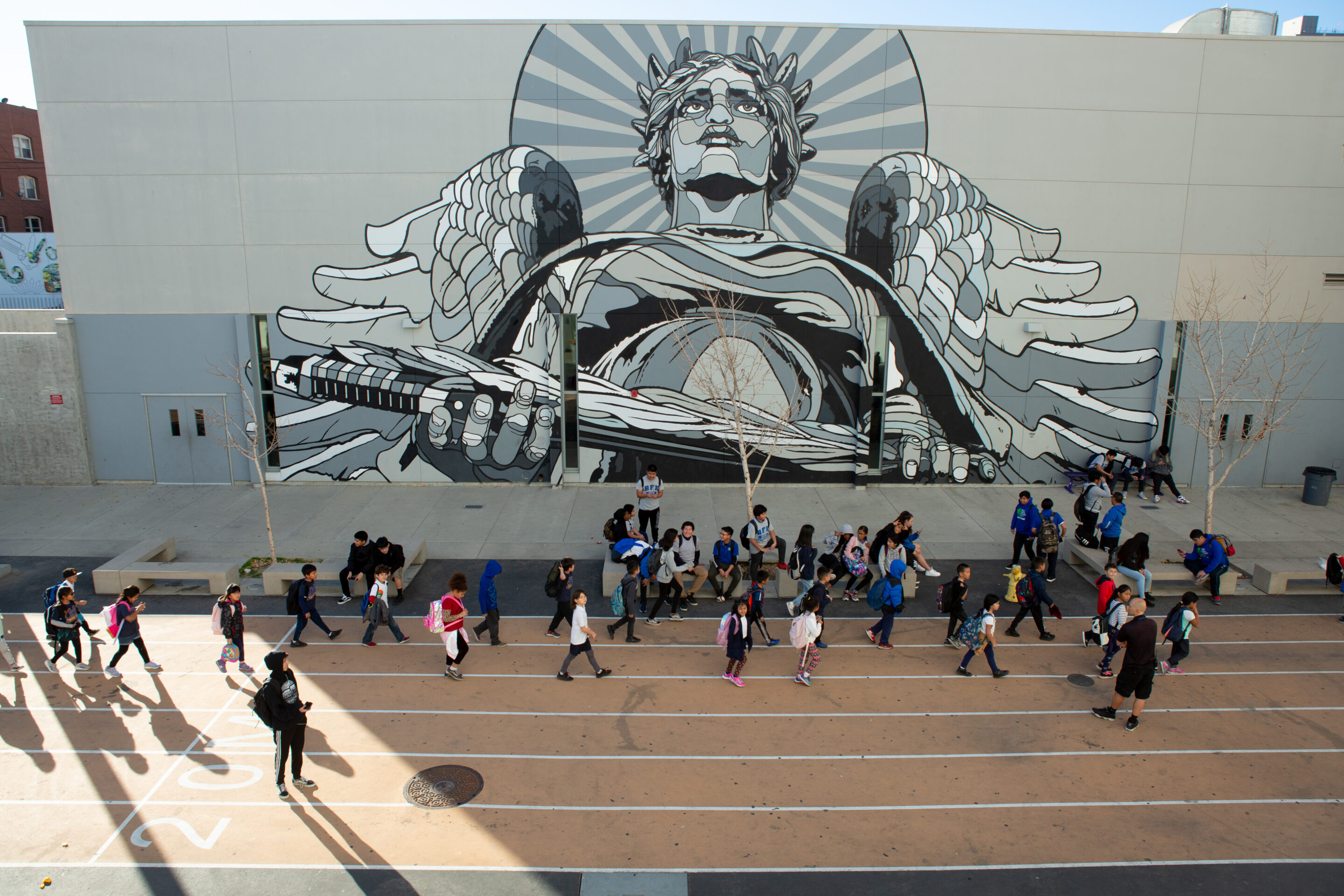This essay was published in The Hill.
It is perhaps inevitable that political leaders, looking for ways to “harden schools” against mass shootings after the horror of Uvalde, would set their sights on the federal funds dedicated to helping schools and students recover from the Covid pandemic.
Iowa Gov. Kim Reynolds announced in mid June that she is putting $100 million toward school security, using in part the money provided to the state through the American Rescue Plan’s Elementary and Secondary School Emergency Relief Fund, known as ESSER.
And 15 U.S. senators are backing a bill that would make it easier to redirect unspent ESSER funds allocated to local school districts away from pandemic recovery and us it instead for such things as locks, panic buttons, room security systems, video surveillance, and hiring and paying the salaries of armed school-resource officers. “Currently, our schools nationwide have over $100 billion in unspent COVID-relief funds they cannot use for school security,” Oklahoma Republican Sen. James Lankford said in a statement.
There are two problems with that statement. One, there appears to be nothing stopping states or districts from using the money on security. While the spending is intended to be connected to Covid, some districts are already investing in school safety. Pasco County, Fla., for instance, has a $30,000 line item in its ESSER spending plan for bullet-proof vests. And Reynolds’ plan for Iowa reflects her intent to use the state’s share of the money for safety measures.
Second, the fact that billions in Covid-relief dollars have not been spent so far doesn’t mean that districts haven’t committed to using that money before the program ends in late 2024. FutureEd’s analysis of more than 5,000 local spending plans compiled by the Burbio data-services firm and covering three-quarters of the nation’s students shows that school districts are projected to spend as much as $10 billion on ventilation upgrades and another $5 billion on other repairs. Most of these projects are just getting underway and may require extensions for spending beyond the September 2024 deadline.
Likewise, many districts have committed billions more to hiring additional teachers, tutors and mental health professionals through 2024. Only a fraction of those salary and benefit costs have been paid so far. If that money were redirected to metal detectors and security guards, students would lose out on the academic and social-emotional support they need.
Which raises a final point: Districts across the country are using ESSER funds to bring psychologists, therapists and social workers into schools to help students suffering from anxiety and depression after the pandemic. This infusion of support comes at a time when political leaders of all stripes acknowledge the role that mental health plays in school shootings like those at Uvalde, Parkland, and Sandy Hook. Indeed, the gun safety bill passed by Congress includes money for school mental health support and services.
Replacing mental health professionals with armed security guards will do nothing to address the underlying problems that contribute to these tragedies. And hardening schools, including arming teachers, could be counterproductive if not dangerous, three education leaders explained in a recent essay. In this fraught, post-pandemic environment, politicians would be wise to let local education leaders determine what their students need.

